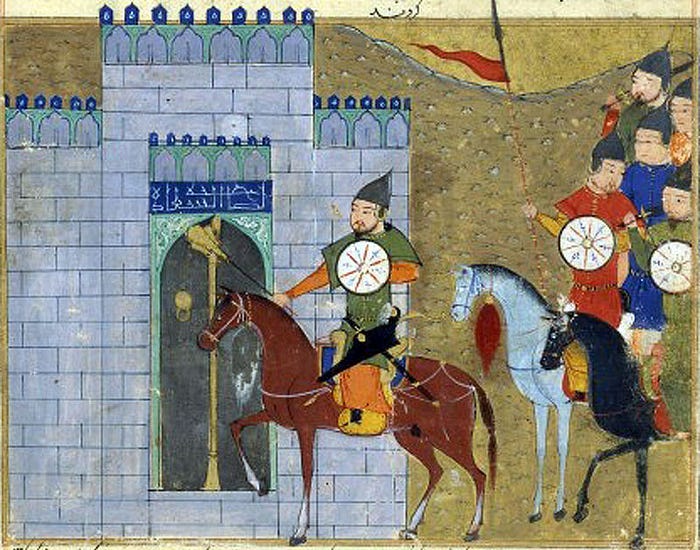Why Are Ten Years Missing From Chinggis Khan’s Life?
Official records are silent over what happened to the Great Khan between 1186 and 1196

In 2012, I saw the film Mongol: The Rise of Genghis Khan, directed by Sergei Bodrov. As the title suggests, it was about Chinggis(Genghis) Khan’s early life. The movie begins in 1192 with Chinggis as a prisoner in the Tangut kingdom (also known as Xi Xia in Chinese sources) in northwestern China. He has flashbacks of his childhood.
Note the date 1192.
Years later, when I researched Mongol historical records about Chinggis' early life, I found that his imprisonment in the Tangut kingdom, as depicted in the movie, was not mentioned. It wasn’t just official accounts. Popular history books such as Jack Weatherford’s Genghis Khan and the Making of the Modern World say nothing about Chinggis being taken as a prisoner.
Did the filmmakers take liberties?
A cinematic interpretation of historical figures is nothing new, but depicting Chinggis Khan imprisoned and mocked by onlookers felt out of …


